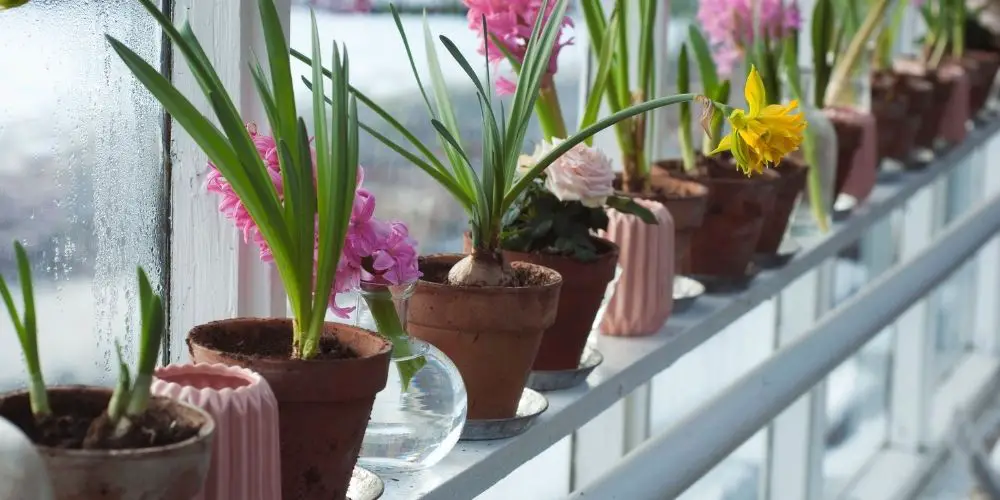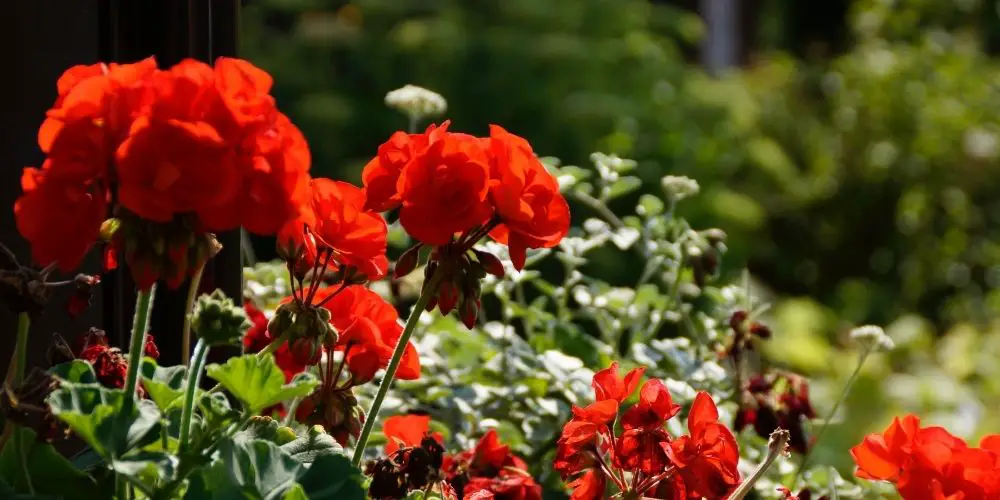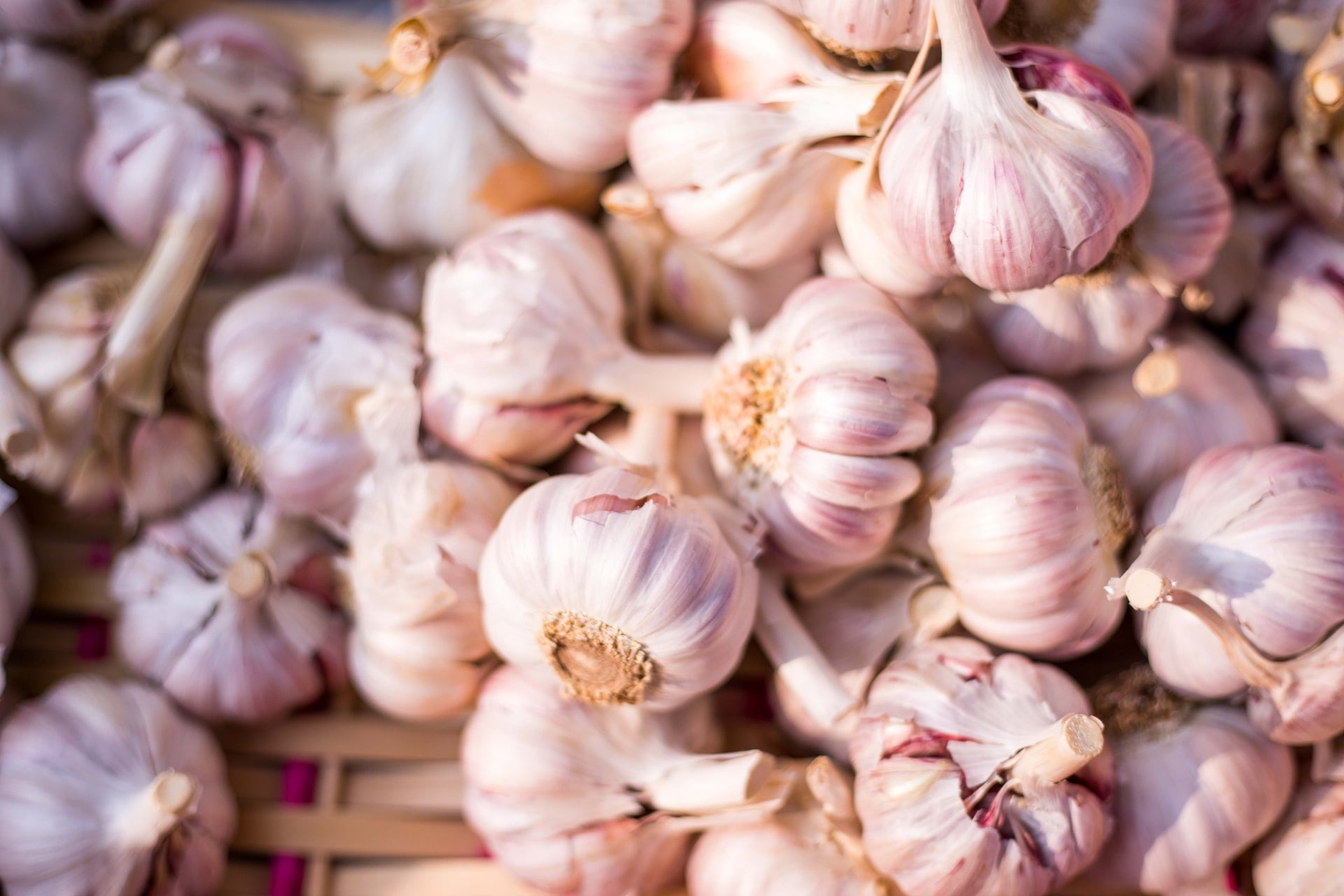Container gardening in Winter. Winter is approaching in the colder regions of the U.S., but that doesn’t mean that you can’t garden. This article will focus on container gardening during winter. Things you need to do with your container garden, and anything you can grow in your garden in the Winter. Container gardening is a great way to keep gardening, even in the cold and dark winter months. Want to enjoy some fresh vegetables even when the winter weather is harsh? Then a container garden is a great solution. It’s so economic alternative since you plant seeds in containers that can be reused year after year.
The right container for a container garden can be very important. The container will determine the size and shape of the garden. Keep a few things in mind when choosing one. What kind of soil do the plants need? How much water will be needed? It is portable? Is it lightweight? It is easy to care for? Selecting the correct pot size is as important as choosing the right plant for your area. If you take the proper precautions, container gardens can withstand the elements.
Growers should begin by wrapping containers in two layers of geotextile blankets. Some growers even take it a step further and warp their plants in burlap or bubble wrap. This helps to preserve moisture around the root zone while protecting against cold winds that may cause damage to the root system. You can also choose the best containers that will be made from a durable material that is strong enough to withstand the freezing process without cracking or breaking. Plastic, ceramic, and terra cotta are all great options. In the winter, your container garden may look a little barren.
Don’t be alarmed! This is normal for winter, and actually, a great time to perform container maintenance. Simply prune away dead leaves, stems, and roots from everything you have planted in your container. You can also clean off any dirt or debris from the can itself. This can be done with a gentle spray of water from a spray bottle. Make sure the holes in the bottom of the planter are clear as well.

You can grow your own vegetables in your container during winter
However, you need to choose the right varieties. Here are some:
- Lettuce – Lettuces have long been a staple crop for container gardening, and they’re a garden favorite for a reason. They’re easy to grow, and they’re one of the most versatile crops you can grow in a container.
- Spinach – Another highly nutritious leafy green that’s extremely easy to grow in the winter container garden. Spinach is super-cold-hardy – the perfect crop for winter and early spring.
- Sprouts – Sprouts are one of the nutritious vegetables you can grow. They are also extremely easy for everyone, everywhere to grow. Bonus points for starting them over winter to enjoy their peak flavor.
- Carrots – Carrots are one of the best vegetables to grow in containers because they are easy to grow. They are fast-growing, hardy, and can be harvested throughout most of the fall and winter months.
- Radish – Radishes are hearty plants that grow well in cooler temperatures. They are also low-maintenance vegetables that can survive in containers.
- Bell Peppers – Bell peppers is a perfect choice for the winter season, as it can survive through harsh weather, and still you can enjoy it.
Conclusion
With a little planning and creativity you can grow vegetables and fruits indoors year round. A few key items and easy care instructions will guarantee that you can harvest fresh vegetables and fruits right in your very own kitchen or sunroom throughout the year. Don’t let the winter keep you from getting your gardening fix. On the contrary, it may be only thing getting you through!
And if you plan to continue your gardening journey, early spring is the perfect time to start planting for outdoor plants. When you begin see signs of spring, like warmer temperature and an increase in daylight it is time to to start planning for your spring garden. The first official day of spring comes on March 20th, but you can start your outdoor gardening earlier than that. Once the ground warms up to 65 degrees, it’s okay to begin planting spring vegetables.















